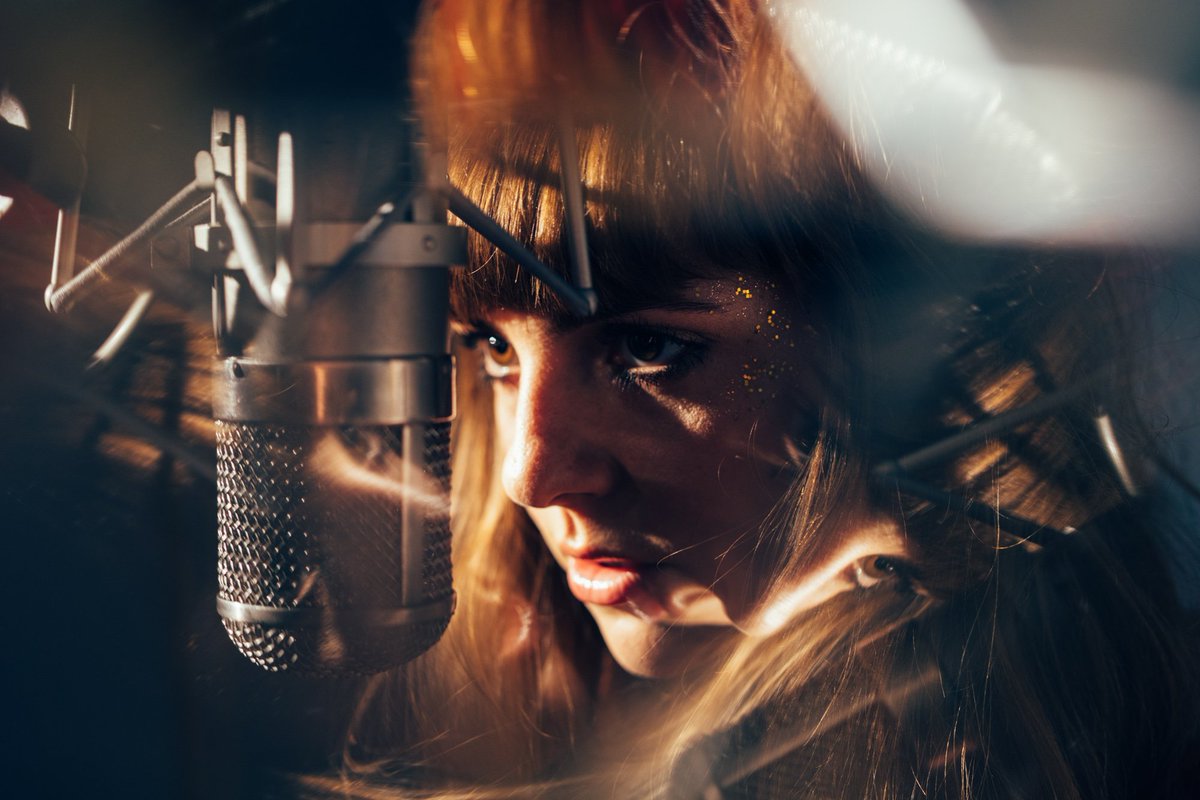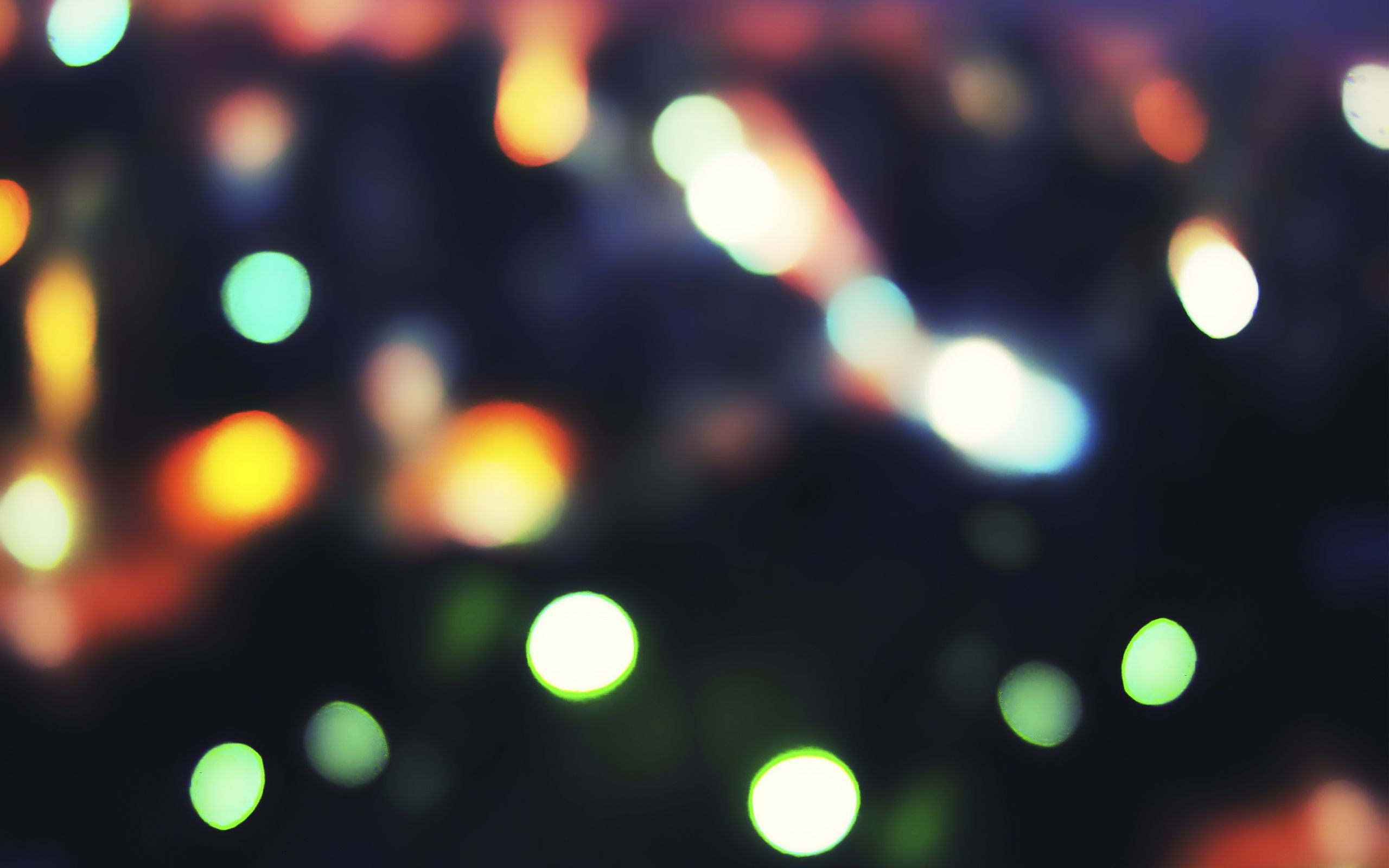
#Bokeh full full#
This is about what you can expect to be the general equivalent apertures between full frame and APS-C sensors. This means the Canon will drift out of focus much quicker, and everything outside the depth of field will have a softer focus, culminating in larger bokeh.Ĭomparing the Fuji 56mm again at 1.2, to the Nikon 85mm at f/1.8, we see that we have an almost identical depth of field (.45 ft to. 45 ft, while the Canon + 85mm has a total depth of field of. If we use both lenses at f/1.2, shooting a stationary subject 10 feet away, from the same camera position, the only significant difference will be the depth of field.Īs you can see in the example above (using ), the Fuji + 56mm at 1.2 has a total depth of field of. Lets consider using a Fuji body with the 56mm f/1.2 lens, and a full-frame Canon with the equivalent focal length 85mm f/1.2 L lens. This sensor size difference (when all other things are equal) is what will dictate the amount of area in focus, as well as the size of the bokeh in the out of focus area. This not only affects the Depth of Field, but the focal length of APS-C being a 1.5x it’s 35mm equivalent. This translates to the crop sensor having 43% of the area of its bigger brother. The Difference On PaperĪ full frame sensor is 24x36mm, whereas the APS-C sensor is roughly 16x24mm. So what type of bokeh changes can we expect when switching from full frame to the APS-C sensor of the Fuji. While the sharpness and noise difference is negligible (read: non-existent), I know for certain that I would have more bokehlicious backgrounds.

Even after using the X-T2 system for months, I still often find myself wondering what an image would look like had I used a full frame camera instead. I hesitated for a while, but it only took one BBQ lunch with Fuji fanatic Jeffrey Lewis Bennett ( ) before I too had a full Fujifilm lineup on the way. Lighter weight, smaller lenses, quiet shutters and, oh…a cropped sensor. I began researching, and found the same list of benefits that had others jumping ship. Somewhere in the comments was the recurring explanation, “I switched to Fuji”. Sale forums were quickly becoming littered with listings of complete sets of gear.

Then there was a rumble in the photography industry, one that had no clunky mirrors.

I spent 5 years accustomed to the benefits, and internally scoffed at the idea of using a lowly APS-C body for any work. I rather blindly made the leap, quickly falling in love with the expanded capabilities. I was promised sharper images, less noise, and smeary backgrounds that would help isolate subjects. I remember my first photography mentor explaining to me the “necessity” of a full frame sensor.


 0 kommentar(er)
0 kommentar(er)
